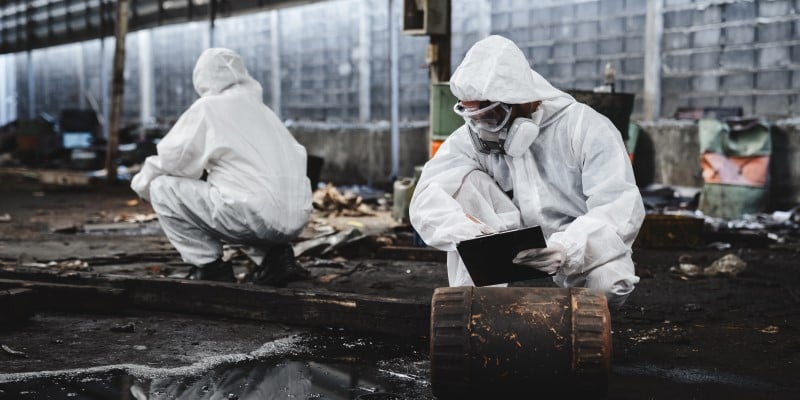
In the event of a nuclear or radiological emergency, prompt action by those working within the hospital environment can have a crucial role to play in protecting the health and safety of patients, staff and infrastructure.
Increasingly, there is the expectation that a hospital's medical physicist (MP) will be capable of stepping into a radiological emergency support role under the auspices of an Incident Command System (ICS).
While MPs have the basic skills and competencies to support radiological response, there is nonetheless the need to provide a dedicated programme of radiation training to ensure all personnel are adequately prepared.
In 2020 the International Atomic Energy Agency (IAEA) published two new guides to support the radiological preparedness of MPs - the 'EPR Guidance for Medical Physicists Responding to a Nuclear or Radiological Emergency' and the 'EPR Pocket Guide for Medical Physicists'.
In addition, its range of training courses - IAEA Train the Trainers for Medical Physicists - offers an intensive programme of group assignments, case studies and tabletop exercises to support the understanding of radiation safety principles.
What is expected of an MP in a radiological emergency?
Depending on local and national conditions, an MP may be required to serve as a member of an emergency response team, and to fulfil a variety of different functional roles.
Some may serve as Radiological Assessors (RAs) at the hospital level, while others may be required to act as radiation protection officers with the responsibility of providing advice in matters relating to radiation emergencies.
There may also be the expectation that an MP provide regular radiation emergency training - whether within the clinical environment or outside of the hospital.
Routine activities that an MP may be expected to fulfill can include:
- Performing radiological surveys using radiation detection instrumentation
- Assessing patient dose to determine internal and/or external irradiation
- Providing advice on the clinical care of patients who have been affected by radiation exposure
- Promoting patient safety in order to limit radiation exposure and minimise the spread of contamination
- Ensuring universal standard precautions are used as the minimum level of protection when caring for patients
From a medical personnel perspective there is also the need to provide staff with instruction in the proper use and removal of their personal protective equipment (PPE), to ensure that they understand the importance of time, distance and shielding in reducing radiation exposure and to reinforce the importance of monitoring electronic personal dosimeters (EPDs).
Additionally, an MP may be expected to conduct risk assessments, identify potential radiation emergencies, create incident action plans, carry out training drills and develop strategies to minimise radiological risk.
The MP role in the chain of command
A unified incident and command system (ICS) is the standardised, all-hazards emergency management concept that allows responders from different organisations and agencies to work together through the integration of personnel, facilities, equipment, communications and procedures within a single command structure.
A clearly defined ICS consolidates decision making under an incident commander to ensure there is a coordinated response across a variety of agencies and jurisdictions.
An ICS enables response to be scaled to match the needs of the specific emergency, it establishes a common process for planning and the management of resources and it allows for the coordinated dissemination of public information among different organisations.
Measuring radiation and personal exposure
MPs responding to nuclear or radiological emergencies will access to the the right radiation protection equipment and tools to perform their work on scene.
The inventory of equipment that is required for a radiation emergency will depend on the size and nature of the event.
In most cases however, there will be at least one dedicated dosimeter for each radiological response team member, together with provision of individual dosimetry badges, survey meters for radiation exposure and equipment for contamination surveying.
The role of simulators in radiological training
In a nuclear or radiological emergency, the primary objective of emergency preparedness is to ensure adequate capability - not just at local, regional and national level but also within the context of each organisation.
Radiation emergencies, whilst rare, can present a range of complex challenges for those tasked with response.
Furthermore, the infrequency of such events only heightens the need to ensure that personnel are equipped to handle the unexpected whenever it should occur.
The use of simulator detector equipment is already widely regarded for the realism and authenticity that it can add to radiation training, in both a military and civilian context.
Certainly too, the use of simulators could well provide substantial benefits in enhancing emergency preparedness and response (EPR) of those working within a hospital environment.







